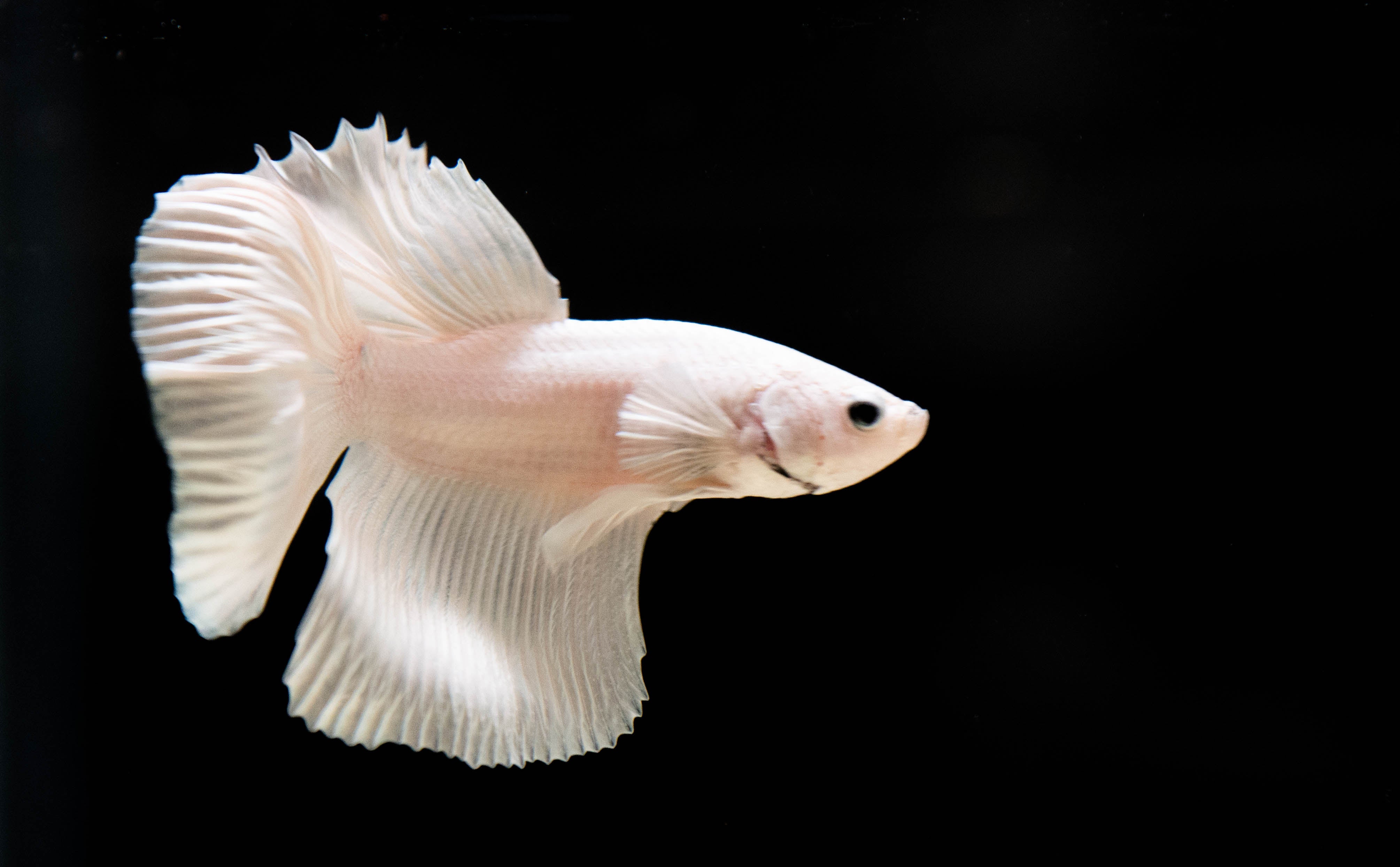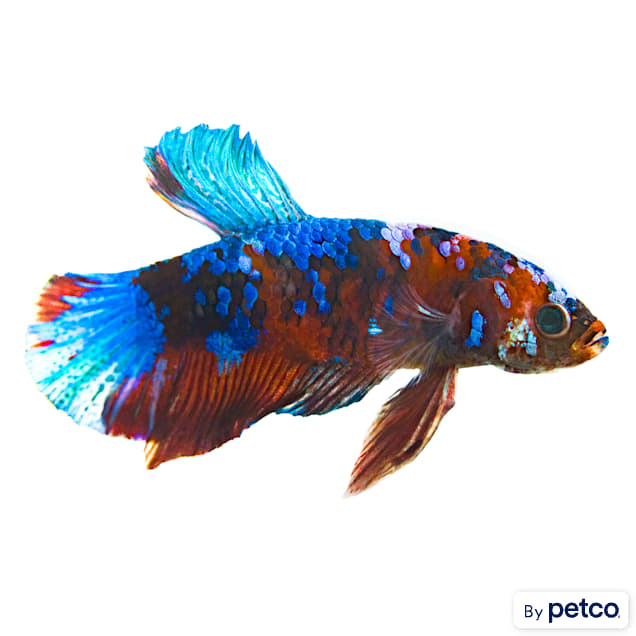How to Choose the Right Betta Fish for Your Fish tank
How to Reproduce Betta Fish Successfully: Specialist Strategies and Insights for Hobbyists Wanting To Broaden Their Betta Collection
Breeding Betta fish needs a nuanced understanding of genes and environmental problems, making it vital for enthusiasts to come close to the procedure with both persistance and treatment. Producing an ideal breeding atmosphere, selecting the right pairs, and observing the complexities of their courtship actions are foundational actions that can dramatically affect the outcome.
Comprehending Betta Fish Genetics
Recognizing the genetics of Betta fish is important for successful breeding, as it affects traits such as shade, fin form, and actions. Betta fish display a varied selection of shades and patterns, mostly figured out by their hereditary make-up. The key genes in charge of pigmentation consist of the "B" genetics for blue, "D" genetics for red, and the "C" genetics for color intensity. Breeders can control these qualities by picking certain moms and dad fish that show preferred characteristics.
In addition to coloration, fin morphology is one more substantial facet of Betta genetics (betta fish). The shape and size of fins are affected by numerous genes, consisting of those that figure out whether the fins are short, long, or veil-shaped. Comprehending these hereditary variants helps dog breeders anticipate the phenotypic end results of their spawn
In addition, behavioral attributes such as aggression and territoriality can also be affected by genetics. These habits play an essential role in the reproducing process, as they can affect spawning success and the total personality of the resulting fry. By thoroughly recognizing these hereditary principles, dog breeders can make educated decisions, inevitably enhancing their breeding programs and attaining preferable results.
Preparing the Reproduction Atmosphere
Producing an ideal reproduction setting is vital for the effective reproduction of Betta fish. The first step in preparing this environment is to pick an ideal reproduction container, preferably ranging from 5 to 10 gallons.
Next, think about using a sponge filter or an air rock to give mild water blood circulation without creating strong currents that can worry the fish. It is necessary to install plants or breeding cones to supply hiding spots and promote comfort for the woman during the spawning process. Drifting plants, such as Java moss or water sprite, can likewise produce a more natural surroundings while facilitating bubble nest structure by the male.
Before introducing the reproducing pairs, ensure the water is conditioned and totally free from unsafe chemicals, such as chlorine or heavy steels. betta fish. Regular water modifications must be conducted to preserve optimum water quality, boosting the chances of effective reproduction. With these preparations in position, the breeding environment will sustain the health and wellness and health of both Betta fish
Picking Breeding Pairs
Choosing the best reproduction pairs is vital for attaining successful Betta fish recreation. Healthy Betta fish show lively shades, clear eyes, and energetic actions.
Character is another crucial consideration, as Betta fish are understood for their aggressive nature. It is a good idea to choose a man and female that exhibit suitable personalities to reduce stress and anxiety during the reproducing process. A calm man can urge a smoother courtship, while a lady that is as well hostile might interrupt the process.
Hereditary history additionally plays a significant duty in the high quality of the spawn. Reproducing fish that are genetically varied can minimize the risk of genetic health and wellness problems and enhance the overall vitality of the fry. It is beneficial to look into the family tree of both the male and woman, concentrating on preferable characteristics such as fin kind, color scheme, and dimension.
The Reproduction Process
The breeding procedure of Betta fish requires careful preparation and attention to detail to make sure an effective result. It is essential to prepare an ideal breeding container, preferably a 5-10 gallon fish tank with a temperature level maintained at 78-80 ° F. The tank needs to be furnished with a heating unit, filter (preferably sponge type to stay clear of solid currents), and a lot of aquatic plants for the lady to hide.
Once the environment is set, introduce the selected breeding set to the storage tank, enabling them to acclimate. Observe their actions; the male will certainly present intricate courtship routines, including flaring his fins and building a bubble nest. If the lady shows passion, she view will certainly display vertical stripes suggesting readiness for spawning.
When the female is responsive, the set will certainly involve in a breeding accept, throughout which the male fertilizes the eggs. Preserving optimum water problems during this period is crucial for the growth of healthy and balanced Betta fry.
Caring for Betta Fry

Feeding Betta fry is important, as they call for a diet high in healthy protein. They can be fed infusoria or liquid fry food, transitioning to finely smashed top quality pellets as they expand. Feed tiny parts numerous times a day to urge healthy growth without overwhelming the container with leftover food.

As they mature, monitor their growth closely and separate any type of aggressive individuals to avoid injury. By why not check here providing a supporting environment and proper nourishment, enthusiasts can effectively raise Betta fry into lively, healthy fish, ultimately boosting their breeding undertakings.
Conclusion
Effective Betta fish breeding calls for meticulous focus to genetic option, environmental conditions, and care for the fry. By understanding the genes of Betta fish and preparing a proper reproduction atmosphere, enthusiasts can improve the possibilities of producing dynamic, healthy and balanced children.